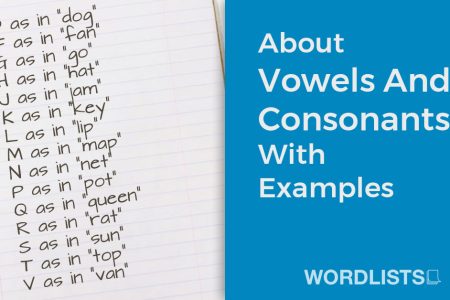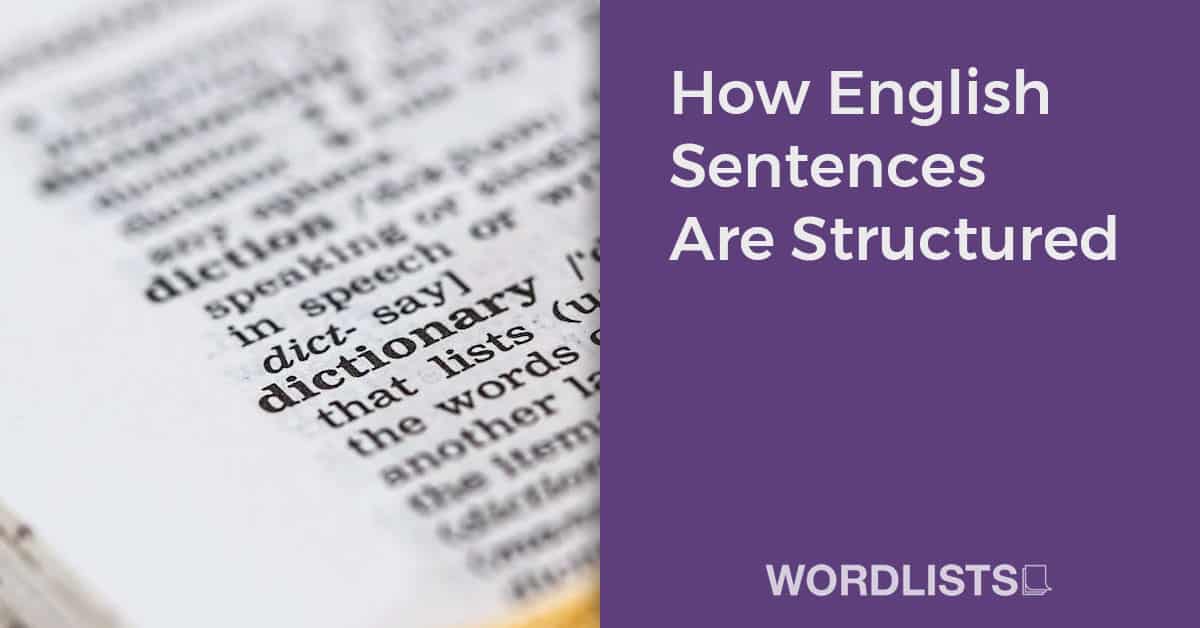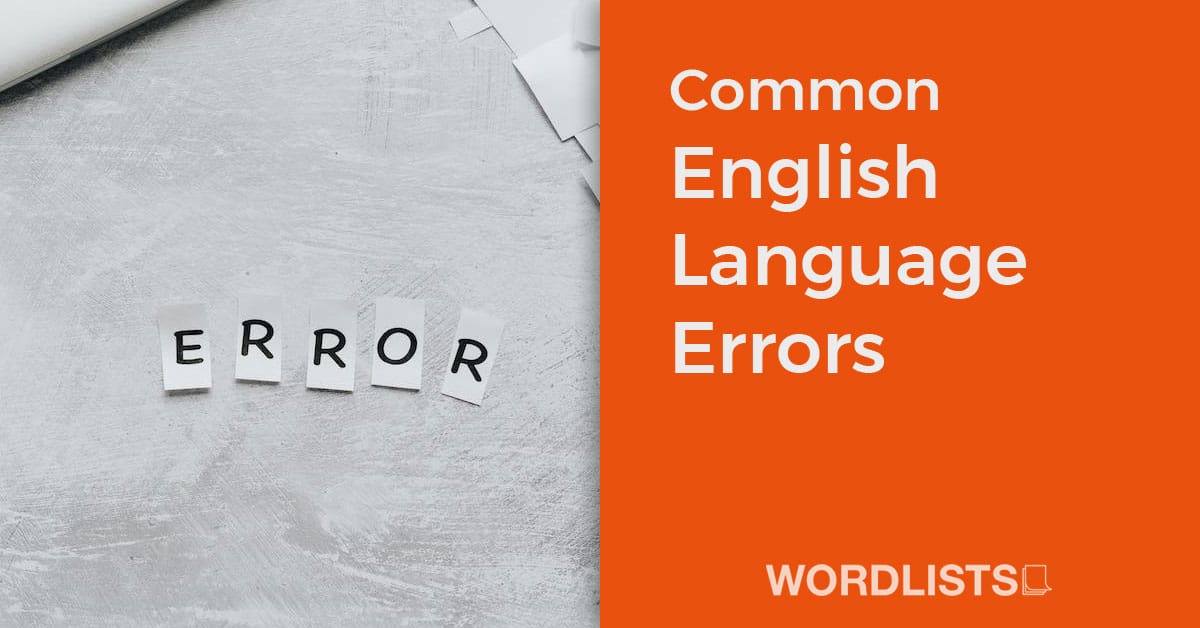Vowels and consonants are the two main categories of speech sound in the English language. Vowels are sounds that are produced without any significant obstruction of the airflow in the vocal tract, while consonants are sounds that are produced with some kind of obstruction or restriction in the airflow.

Subscribe to our mailing list to receive FREE exclusive content and offers!
There are five main vowel sounds in English: A, E, I, O, and U (and sometimes Y). These vowel sounds can be short or long and can be pronounced in different ways depending on the word and the context. For example, the vowel sound in the word “hat” is short and pronounced with the lips relatively close together, while the vowel sound in the word “hay” is long and pronounced with the lips relatively far apart.
Consonants, on the other hand, are sounds that are produced by some kind of obstruction or restriction in the airflow. Consonants can be classified based on the place of articulation, manner of articulation, and voice. Place of articulation refers to where in the vocal tract the obstruction or restriction is taking place. Manner of articulation refers to the type of obstruction or restriction. Voice refers to whether the vocal cords vibrate when producing the sound.
Examples of consonants are, B, C, D, F, G, H, J, K, L, M, N, P, Q, R, S, T, V, W, X, Y, and Z. The most common manner of articulation of consonants is stop, fricative, affricate, nasal, liquid, and glide.
It’s important to note that the distinction between vowels and consonants is not always clear-cut, and some sounds can be considered to be in between the two categories. Additionally, some languages have a different set of vowel and consonant sounds, and different languages may use different criteria to classify speech sounds.
Examples Of Patterns Of Vowels And Consonants In English Words
One example of a pattern of vowels and consonants in words is the “CVC” (consonant-vowel-consonant) pattern. This pattern is commonly found in simple, short words in the English language such as “cat,” “dog,” “sun,” and “fun.” In these words, the first sound is a consonant, the second sound is a vowel, and the third sound is another consonant.
Another example is the “CCVC” (consonant-consonant-vowel-consonant) pattern, which is also common in English. Words like “spent,” “flag,” “crab,” and “neck” follow this pattern.
A third example is the “CVCC” (consonant-vowel-consonant-consonant) pattern which is found in words such as “belt,” “dent,” “gift” and “hint.”
It’s worth mentioning that there are many other patterns of vowels and consonants in words and many words don’t follow a specific pattern. Some words have complex patterns such as “strengths” which follows the pattern of ‘CCVCCCC’ or “extraordinary” which follows the pattern of ‘CVCVCVCVC’
It’s also important to mention that different languages may have different patterns of vowels and consonants in words.
Vowels And Consonants Examples List
Vowels:
A as in “cat”
E as in “bed”
I as in “sit”
O as in “hot”
U as in “hut”
Y as in “my”
Consonants:
B as in “bat”
C as in “cat”
D as in “dog”
F as in “fan”
G as in “go”
H as in “hat”
J as in “jam”
K as in “key”
L as in “lip”
M as in “map”
N as in “net”
P as in “pot”
Q as in “queen”
R as in “rat”
S as in “sun”
T as in “top”
V as in “van”
W as in “win”
X as in “x-ray”
Y as in “yes”
Z as in “zip”
Please note that depending on the context or the accent, the pronunciation of certain letters may change. For instance, the “c” in “cat” is pronounced differently than the “c” in “cent”, and it may also depend on the dialect or accent.







